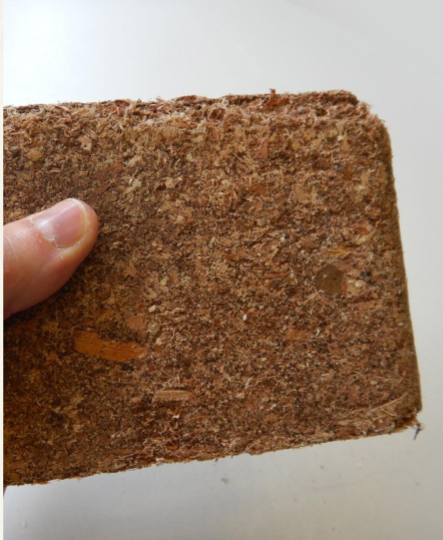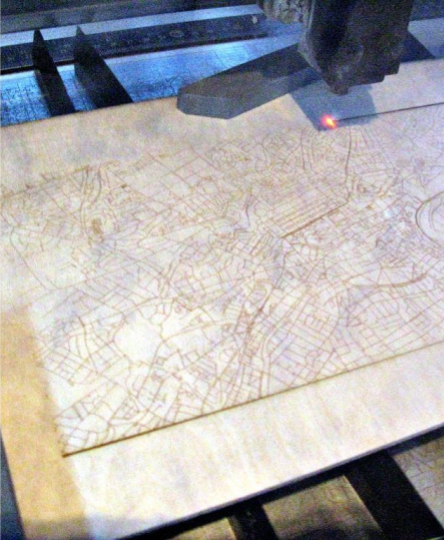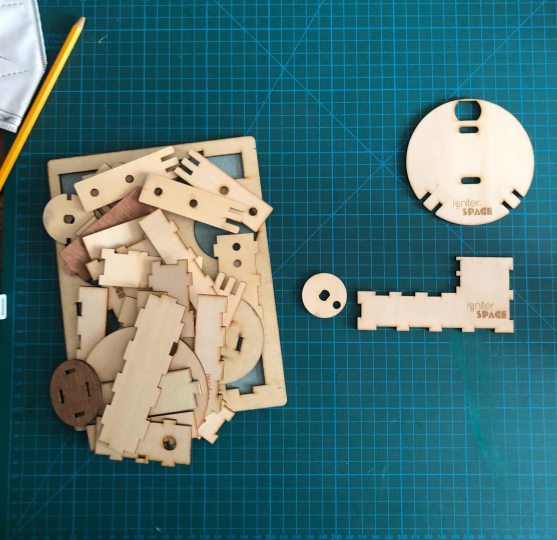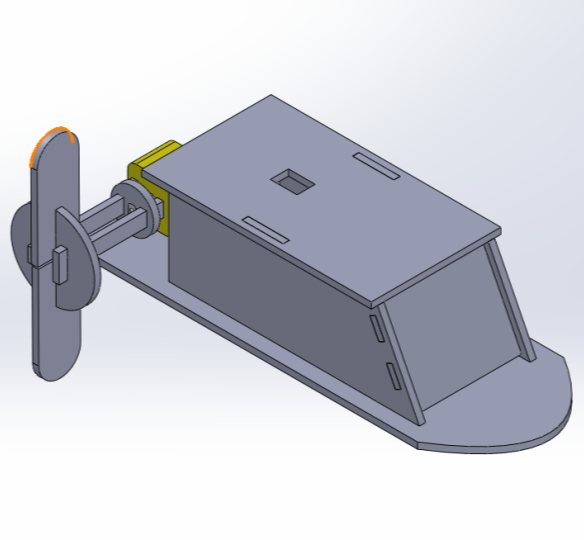The problem
An educational product company wanted to create eco-friendly STEAM kits for children but faced three major challenges:
- Converting sawdust waste into a safe, usable material.
- Designing hands-on projects that were fun, educational, and child-safe.
- Ensuring all components were precise, consistent, and easy to assemble.
They needed a low-waste, scalable way to produce physical kits from recycled material, without compromising safety, usability, or learning value.

Our goal
Design and prototype a durable, engaging DIY kit using upcycled sawdust boards, with laser-cut components suitable for young learners.
The design approach
We approached this project with the utmost understanding of the impact it will have in the real-world, and thus, the need to design and develop with sustainability first.
Key design principles:
- Repurpose sawdust into sturdy sheet material.
- Design STEAM kits that encourage creativity and problem-solving.
- Ensure parts are safe, child-friendly, and easy to handle.
- Use digital fabrication for accuracy and repeatability.
What we built
Our prototype included:
-
-
- Recycled boards made from compressed sawdust.
- Multiple child-friendly STEAM projects designed in-house.
- Laser-cut components for precision and easy assembly.
- Instructions tailored for kids and educators.
- Built and tested over a 3-month period, from raw material R&D to kit production.
-
Tools and techniques used:
-
-
- Fusion 360 for CAD design.
- Laser cutting and 3D printing for prototyping.
- Material testing to ensure durability and safety.
- Small-scale production for pilot classroom testing.
-

Outcome
The project proved that waste material can fuel hands-on learning.
The kits were well-received in early tests.

Interested in starting your project?
Check your numbers in under two minutes and compare them with what similar firms get through Xynapse.

